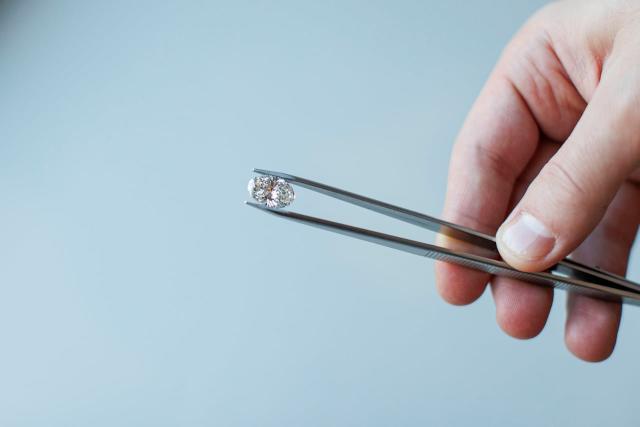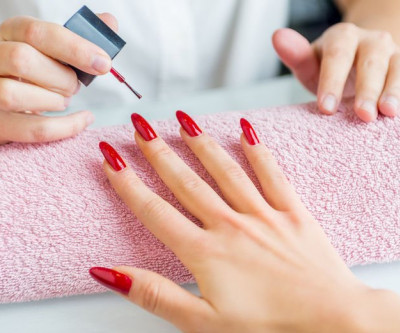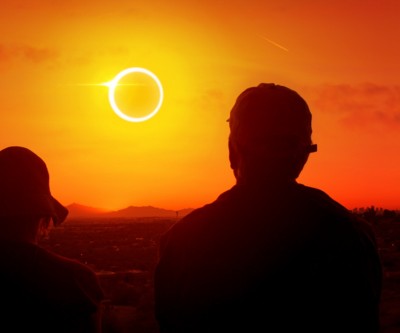Latest News
- Four years after Indigenous woman dies in Niagara Hospital, family still waiting for coroner's investigation
- Lawyer: British Columbia RCMP officer should be fired or resign immediately
- B.C. government looks to offer loan guarantees to property owners in Cowichan Aboriginal title area
- Uber driver's account in Toronto suddenly deactivated; only source of income cut off after 'duplicate account' claim
- TDSB education chief fired by provincial supervisor; sweeping changes at Canada's largest education board
Latest Ads
-
Jasmine Jewel
Call
-
Omidan group
Call
-
Amir Madanpour
Call
-
Dimo studio
Call
-
Yorkacademy
Call
-
Maryambagheri
Call
-
Shishlix Restaurant
Call

Corporate diamonds are brighter than mineral diamonds
When Evelyn Shafer saw her engagement ring for the first time, she was surprised. It was a 0.76-carat oval-cut diamond, and he said no one had been able to tell that the diamonds were made in a lab. "I've never seen anything like it and it's beautiful," Shaffer said. "I think laboratory diamonds are brighter."
As consumers become more aware, jewelry that is made rather than mined is growing in popularity. According to some estimates, laboratory diamonds make up approximately 20% of the global diamond jewelry market.
Shaffer, a 30-year-old music teacher, and his fiancée, Ini Amadi, 26, said their motivation was partly financial. Recent innovations have made lab-grown diamonds much more affordable, with some one-carat rings available for less than $2,000 – roughly 70 percent cheaper than their natural counterparts.
"I didn't want to start with a bunch of debt on our wedding ring," Shafer said. The Edmonton couple also had concerns about traditional diamonds, which are often associated with environmental damage and labor abuse in developing countries. For Amadi, whose family migrated from the Congo due to conflict over resource extraction, it was important to avoid that damage.
One way to create laboratory diamonds is to mimic the way they form in gas clouds in outer space. Experts place a small piece of existing mineral diamond, such as a tiny grain of carbon, into a plasma chamber and expose it to the right temperature, pressure, and gases. This process releases carbon particles that slide over the grain and grow the diamond.
Lab-grown diamonds can be created in a matter of weeks, compared to natural diamonds that take millions of years to form deep underground.
news source
Suggested Content
Latest Blog
Login first to rate.
Express your opinion
Login first to submit a comment.
No comments yet.


































